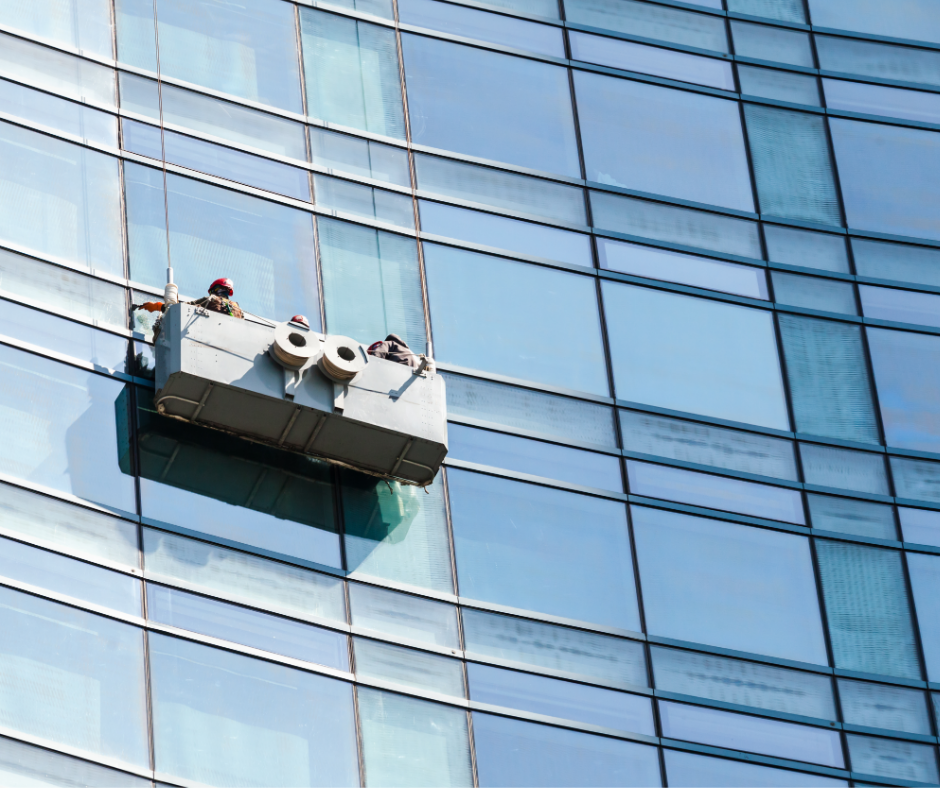
Work From Anywhere: Compare Facility Management Costs and Requirements
The future of work has arrived. Here’s how to make it work for you.
Considering our present day workplace realities, more businesses are seeking alternatives to the traditional idea of having a fixed work location. The time is right for forward-thinking employers to seriously consider the work from anywhere (WFA) approach. But, no matter how workplaces evolve, one thing that remains the same is the need for orderly and well-maintained workspaces.
Organizations have to invest in facilitating a productive work environment, regardless of where these spaces may be. This is where facility management becomes an issue that needs to be addressed.
Under a WFA policy, employers might allow any of three different working arrangements. Below, we look at how building maintenance can impact workers’ productivity under each arrangement, and how maintenance cost and responsibilities change, depending on the working arrangement.
1) Working from Home
For a WFA arrangement to work with no hitches, employees will need help from their property manager (either their landlord or themselves) to keep their home in good condition. Some areas that could prove tricky are ensuring that interference from electrical problems and potential safety issues are kept to the barest minimum.
A major drawback here is that the employer has minimal control over how maintenance happens, whether it’s by a landlord or by the employees themselves. So, when the building maintenance function for a empoyee’s home is incompetent or subpar, issues could occur that could eventually frustrate this arrangement altogether.
Maintenance cost and responsibilities
Under a work-from-home arrangement, employees bear the cost of maintenance. However, employers might need to assist employees in creating an effective and ergonomic office setting by providing any specialized furniture or equipment that the employee needs to do their job properly. This might involve providing furniture, moving the PC from the office to the employee’s home, purchasing headsets and cameras, and setting those things up. There are bound to be some technical issues along the way so IT departments will have their hands full.
2) Flexible Workspaces
Flexible workspaces, such as coworking spaces, provide professional settings, usually in office buildings, that are fully furnished and equipped for corporate work and then rented out to individuals and private companies.
Similar to the work-from-home arrangement, the employer has limited direct control on maintenance. Operational headaches that are not handled properly or quickly enough can cause major problems to workflow.
Maintenance cost and responsibilities
The norm is that these buildings are managed by professional facilities management companies. Therefore, everything maintenance-related such as heating, safety, power, cleaning, etc. is the combined responsibility of the building owner. You, as the employer, have to hope that the team maintaining the space is fast and efficient. It might be a good idea to discuss these kinds of things before committing to a space. You can ask how the employees can report maintenance issues and how much time it usually takes for these tickets to be addressed.
Fittingly, employers can expect flexible payment terms for flexible workspaces. Many providers rent private offices on a daily, weekly or monthly basis with discounts for longer term commitments.
3) Using Headquarters
Larger companies will likely need to retain a headquarters. Depending on the size of the building, there is a full range of building systems that require an in-house maintenance team or an outsourced professional service provider.
Maintaining a large headquarters can be challenging as it requires strict control over different systems, from security to cleaning to safety to asset and space management. If you’ve ever experienced heating/cooling issues, unstable internet connectivity, broken printers, out-of-work elevators, you know how much these issues lower overall employee productivity and raise frustration levels across the organization. Fortunately, this is an old game and most facilities departments are deeply experienced at running HQ.
But given current thinking on density levels, HQ will now have fewer workstations and staff to cater to than before. But there will be meeting and training facilities for employees who need to come in at intervals, along with some provision for visitors. In fact, many companies may see more meeting activity compared to pre-pandemic usage.
The facilities management team will need to understand that the building’s usage patterns have changed. HQ now serves as a central hub for more transient users and that the maintenance team will need to provide optimum support for all the building’s users.
Maintenance cost and responsibilities
All maintenance-related costs will be the responsibility of the organization, directly if there is an in-house maintenance team, indirectly if maintenance is outsourced. It's hard to estimate which approach is cheaper, as there are a lot of variables at play. The main difference is how much control the organization wants to have. For an in-house team, you can hire a facility manager, implement a CMMS system, and help them build their own team and have direct control over everything. The alternative is to find a reliable vendor and outsource everything to them. It is a riskier approach, but can be much simpler and easier to execute.
What is the Most Cost-Effective Approach?
You would have the lowest maintenance costs if all employees continued working from home. However, that is not the most productive approach and can hurt your team building efforts.
WFA seems to be the way of the future. You can significantly downsize your HQ, incorporate a few flexible workspaces, have part of your workforce work from home, and rotate as necessary. This might require some upfront investment and resources to set everything up, but long-term maintenance cost would definitely drop down when compared to traditional working arrangements where everyone needs to go to the office.
In conclusion
Remote work is more acceptable now than ever before, and employers can no longer ignore this fact. Instead, they should focus on how to offer employees a choice of different workplace locations without facing a new set of maintenance-related problems. Interestingly, more and more options are becoming available that offer employers and their staff the best chances for successful WFA programs. An example is the Codi and LiquidSpace partnership that provides vetted residential spaces for more near-home options. This way, staff can conveniently go to work in the neighborhoods where they live.
About the Author
Bryan Christiansen is the founder and CEO of Limble CMMS. Limble is a modern, easy to use mobile CMMS software that takes the stress and chaos out of maintenance by helping managers organize, automate, and streamline their maintenance operations.
Ready to continue your journey?
There are two great ways to do it.
Ready to continue your journey?
There are two great ways to do it.






